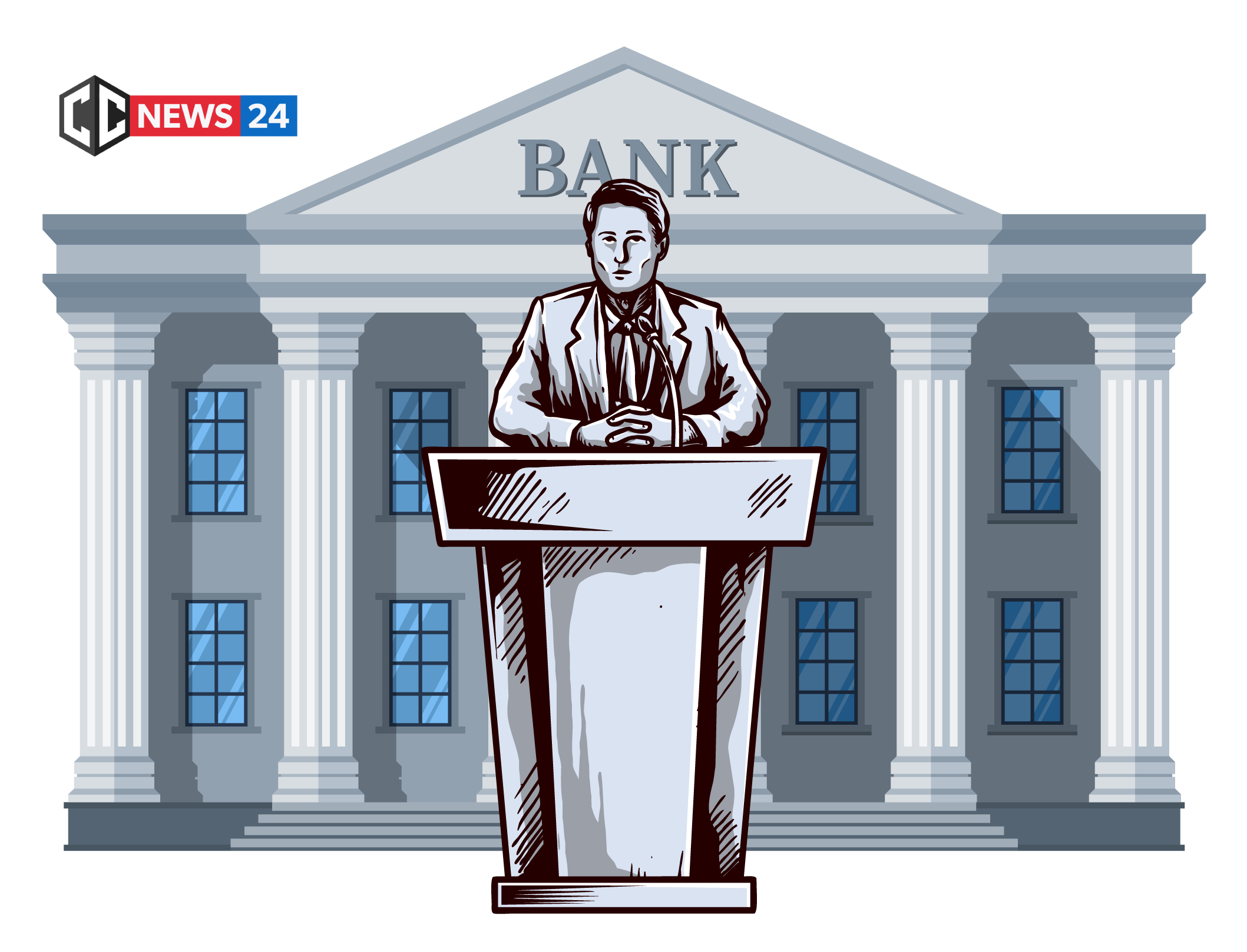This article was based on a speech, we heard 28. February at the London School of Economics by Zhang Tao (The Vice-President of the International Monetary Fund).
Zhang Tao explains the main advantages and disadvantages of CBDC (Central bank digital currency).
According to surveys, more than 80% of central banks are currently examining CBDCs.
Benefits
- More efficient payment system -In some countries, cash management costs can be very high due to geographical location and rural or poor people without bank accounts may not have access to the payment system. CBDC can reduce costs and increase efficiency.
- Strengthening financial inclusion – CBDC can provide public digital payment methods without individuals having to hold bank accounts.
- Stability is higher and the threshold for new companies to enter the payment system is lower – In some countries (eg Sweden and China) we have found that more and more payment systems are concentrated in the hands of some very large companies. In this case, some central banks perceive ownership of their own digital currency as a means of increasing the resilience of the payment system and increasing competition in the industry.
- Strengthening monetary policy – Some scientists believe that by promoting financial inclusion, the CBDC can also improve the transmission of monetary policy.
- Instrument to address new digital names – The domestic digital currency, supported by a trusted government, is based on the domestic currency and can help limit the use of privately issued currencies (stable coins).
Risks
- Disintermediation in the banking sector -Individuals may transfer money from commercial banks’ deposits to the CBDC. Banks may, in turn, feel under pressure to raise interest rates on deposits or raise more expensive wholesale funds, putting pressure on banks’ profitability and may lead to higher costs or less credit to the real economy.
- Trigger risks – In times of crisis, bank customers can transfer their deposits to CBDC, which can be considered safer and more liquid. However, reliable deposit insurance should prevent it from being triggered. In addition, if triggered, it will be easier for the central bank to respond to the bank’s liquidity needs through the CBDC.
- Impact on the central bank’s balance sheet and credit allocation – If the demand for the CBDC is high, the central bank’s balance sheet may expand significantly. In addition, the central bank may need to provide liquidity to banks experiencing rapid outflows.
- Costs of CBDC provision – Providing an advanced CBDC requires the central bank to remain active in multiple payment value mitigation chains, which may include establishing customer relationships, building a front-end wallet, selecting and maintaining technology, monitoring transactions, and solving AML / CFT issues.
One way for central banks to mitigate certain costs and risks while ensuring a safe cash alternative is to partner with the private sector to provide a synthetic version of CBDC.
The private sector will issue digital currencies fully covered by central bank reserves under the supervision of the central bank.
What are the international impacts?
- The use of CBDCs as an international exchange method can improve the efficiency of cross-border payments. Cross-border payments are currently expensive, slow and confusing.
- At the same time, however, CBDCs available beyond national borders may increase the likelihood of currency substitution in countries with high fluctuations in inflation and exchange rates, thereby reducing the central bank’s ability to pursue an independent monetary policy.
- In addition, cross-border use of the CBDC may also have an impact on capital flows, the effectiveness of capital flow management measures and the international monetary system.
Many countries are already researching digital currencies and have launched their pilot projects, but they differ in the extent they are involved in this direction. There are countries that do not consider it necessary to issue CBDCs and are aiming to improve existing payment systems.
However, as far as the IMF is concerned, research is expanding there and analyzes are carried out in the overall field on CBDC and Fintech.
The International Monetary Fund and the World Bank even created the Bali Fintech program.
At the end, Zhang Tao added that this is a very rich area for experimentation, but it is worth considering and discussing it.
Source: speech from Zhang Tao
Translation: Liu Bin, Director of China’s Financial Research Office








